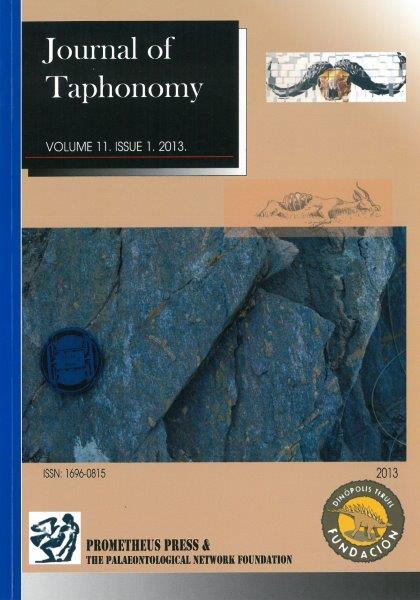The potential importance of large raptors as accumulators of early hominins was highlighted by the suggestion that the Taung Child was killed and deposited by an eagle (Berger & Clarke [1995] Journal of Human Evolution, 29: 275-299), and it has been hypothesized that eagles might have had a significant impact on the evolution of predator avoidance behaviors in early hominins (Berger & McGraw [2007] South African Journal of Science, 103: 496-498). In this study, we compare skeletal part representation of procaviid and cercopithecid fossils from the dolomitic cave infills of South Africa to a series of modern eagle-derived bone accumulations. We supplement skeletal part analysis with data on strontium isotope ratios (87Sr/86Sr) in the Bloubank Valley that allow us to source fossils to particular geological substrates. Of the fourteen discrete faunal assemblages examined, nine were inconsistent with eagles as accumulators of procaviids or cercopithecids, while five revealed possible, though not definitive, evidence of eagle involvement. A lack of support for eagles as collectors of the smaller mammals that make up their typical prey weakens the hypothesis that eagles represented a significant threat to the larger, presumably more difficult to capture, juvenile hominins. The majority of the animals sampled for 87Sr/86Sr ratios at Swartkrans were consistent with being derived from local dolomites, including four Papio specimens, while we documented a non-local origin for a single procaviid and a single bovid from the Hanging Remnant of Member 1. In contrast, all of the procaviid specimens and a single bovid specimen from Sterkfontein Member 4 exhibited nonlocal strontium signals. Turning to the Taung Child, at present a clear link between it and the original Taung faunal assemblage examined by Raymond Dart cannot be established. In addition, preparation damage cannot be ruled out as the source of several marks on the Taung skull that have been putatively assigned to eagle talon damage. As a result, the hypothesized influence of large raptors such as eagles on the evolution of predator avoidance strategies in early hominins remains intriguing but unsubstantiated.
![VOLUME 8. NUMBER 2-3. 2010 [Paleoanthropological Taphonomy in Southern Africa Travis Rayne Pickering & Amy Egeland (eds.)] VOLUME 8. NUMBER 2-3. 2010 [Paleoanthropological Taphonomy in Southern Africa Travis Rayne Pickering & Amy Egeland (eds.)]](https://journaltaphonomy.com/wp-content/uploads/2019/10/2010_8-2-3.jpg)


